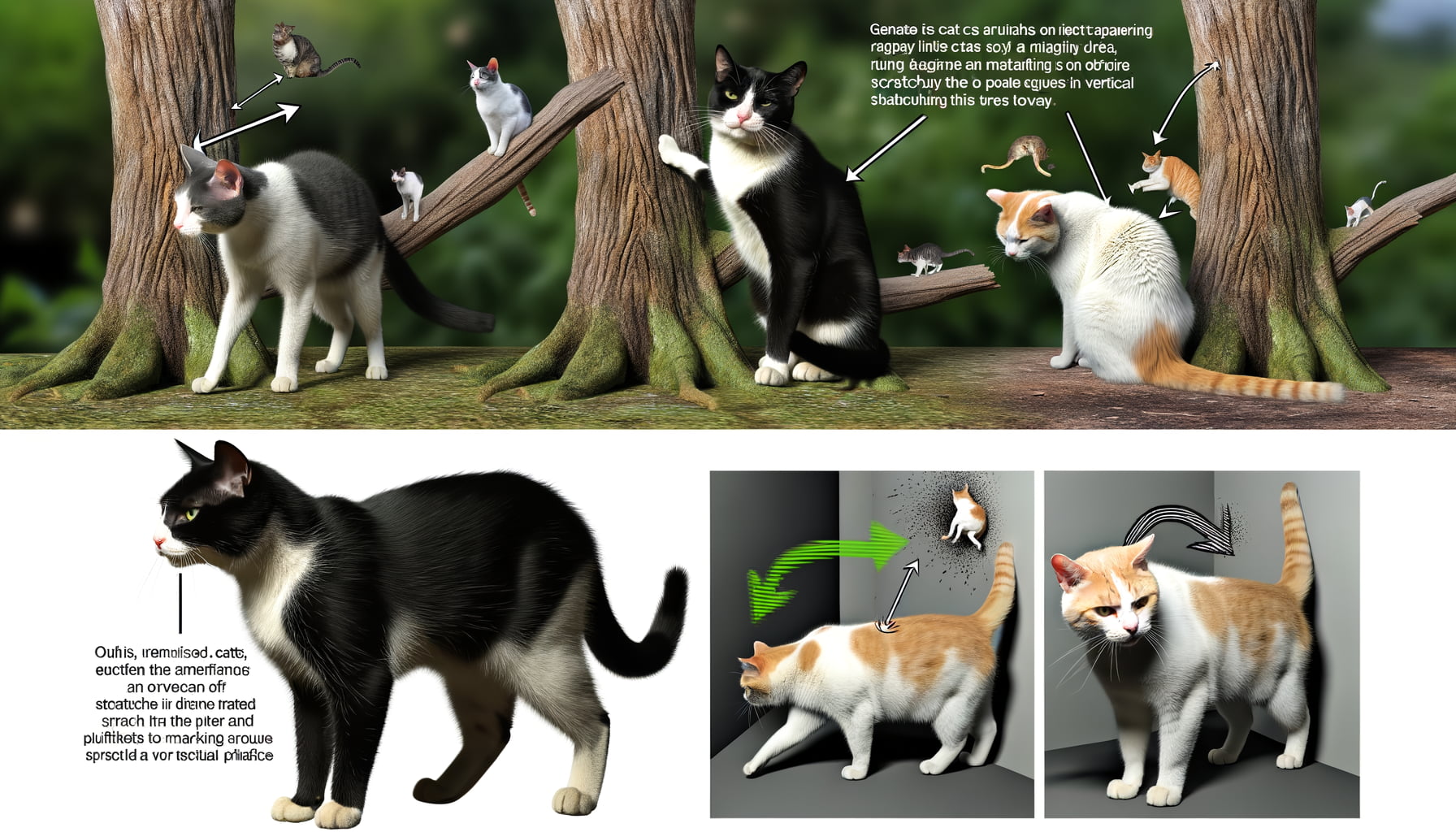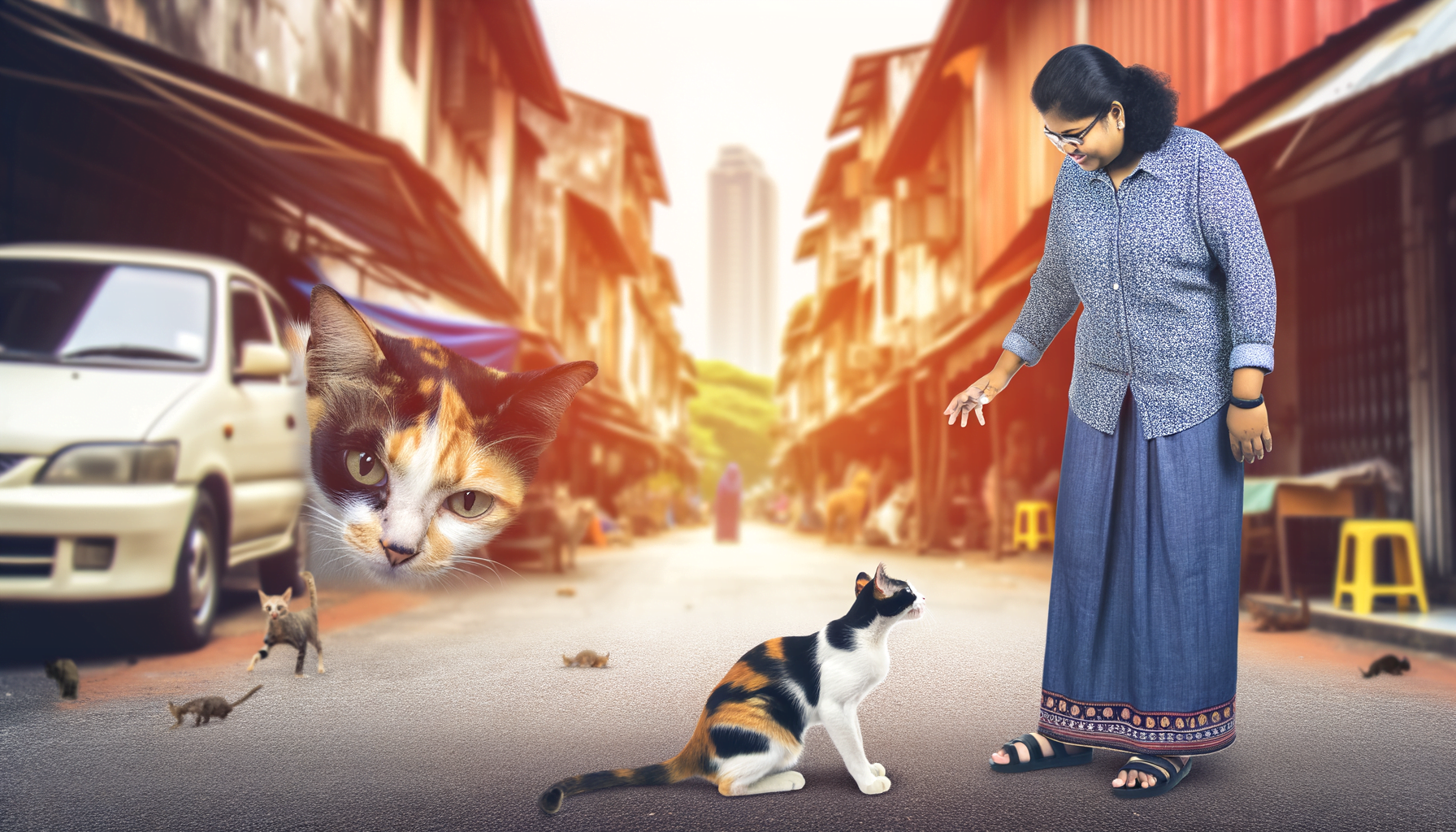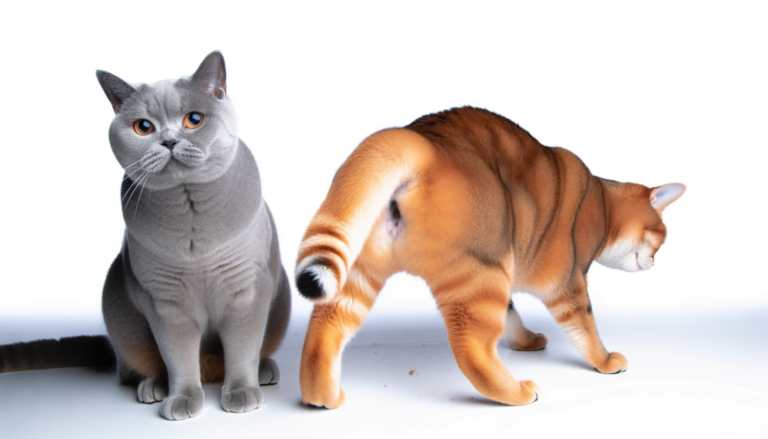Unraveling Feline Mysteries: Why Stray Cats Rub Against Your Legs
Stray cats rub against your legs as a means of marking territory and establishing a connection. This behavior, known as bunting, involves the cat depositing pheromones from specialized glands in their cheeks onto your legs. It’s their way of communicating and creating a social bond, marking you as a familiar and non-threatening entity in their environment. It could also signify that they’re seeking attention or food from you.
The Role of Scent Marking in Cats

Scent marking is a vital communication strategy for cats. By depositing pheromones, they convey information about their presence and territorial claims. This behavior isn’t exclusive to domestic cats; it’s also observed in the wild among big cats like lions or tigers.
The science behind this is fascinating. Cats have special glands located around their body – on the cheeks, lower back, tail, and paws. When a cat rubs against an object, including human legs, they release pheromones from these glands that attach themselves to the chosen object. This action is known as scent marking.
In essence, they’re creating an olfactory biography. This scent acts as an identifier, marking their territory and signalizing other cats in the area about their presence. Therefore, when you see a cat rubbing against your leg, it’s not merely seeking affection – it is also establishing a chemical communication with you and other feline creatures in the vicinity.
Exploring the Specific Case

Stray cats displaying the behavior of rubbing against humans is not uncommon. By doing so, they are essentially marking you as their territory. This form of interaction is a way for them to establish a familiar scent, aiding them in their oftentimes erratic environments. Stray cats find comfort in shared scents and establish them as a form of identification. Therefore, when a stray cat rubs against your legs, it is not merely an act of affection but a survival strategy.
On the other hand, stray cats could also be engaging in this tactile communication due to their past experience with humans. If they were previously a pet, this behavior might have been associated with rewards like petting, feeding, or being picked up and cuddled. In realizing that humans are often associated with food and care, it can also serve as a cue for wanting attention or seeking out a potential meal.
Lastly, it’s important to note that despite these generally benign motivations, the behavior of stray cats can be unpredictable due to various factors like health status or past experiences. So, while the reaction may initially seem endearing, always practice caution when interacting with strays. Remember, these motivations come primarily from the feline perspective which revolves around survival and comfort, always handle such situations with the cats’ best interest in mind.
Health and Safety Concerns

Stray cats rubbing against your legs can seem charming, yet it’s imperative to factor in health and safety implications. Cats, especially non-domesticated ones, could carry various diseases, fleas, ticks, or other external parasites. Both humans and other pets can contract these in some cases. However, don’t let this fact override your empathy for these furry friends.
Firstly, avoid handling stray cats without protective measures. Wearing gloves and long-sleeved clothing can minimize your risk. After any interaction, thorough hand-washing with warm water and soap is vital. If you find that a stray cat has adopted you, a visit to the veterinarian should be your initial step. They can conduct a thorough health check, administer necessary vaccinations, and treat any budding issues.
Additionally, be mindful about keeping the cat segregated from any other pets until you have established its health status. This measures helps to prevent potential transmission of diseases or parasites. Armed with knowledge and precaution, you can safely appreciate the stray cat’s friendly gesture and explore avenues for its wellbeing.
Understanding the Feline Behavior

The behavioral patterns of cats, especially the endearing act of a stray cat rubbing against a human leg, can be fascinating and complex. Cats around the globe, regardless of their home situations, engage in this behavior, a phenomenon known as bunting.
At its core, bunting serves a dual functional purpose. It’s a form of feline communication and also a way for cats to assert their presence. In essence, when cats rub against objects – and by extension, humans – they create a visible, olfactory territorial marker with the sebaceous glands concentrated in their cheeks and heads. This is a natural way for cats to claim ownership over what they deem as their territory.
But it’s not all about territory. Cats often engage in bunting with individuals they view as friendly or recognizable. They utilize this as an intimate way of exchanging scents, fostering a shared group scent identity. This establishes a comforting familiarity and reduces possible anxiety or tension for the feline. They don’t discriminate when it comes to rubbing against human legs, treating you as part of their social circle and marking you as a “safe” zone. Hence, experiencing a stray cat rubbing against your legs is a compliment from the cat world.
Conclusion
As feline mysteries continue to fascinate us, the act of stray cats rubbing against our legs remains a curious behavior that speaks to their complex nature. Whether seeking warmth, marking their territory, or simply showing affection, these interactions remind us of the intricate bond between humans and our enigmatic feline friends.
Through these small gestures, stray cats remind us of the beauty and mystery that surrounds them, inviting us to appreciate the subtle ways in which they communicate and connect with us. So next time a stray cat brushes against your legs, take a moment to cherish the unique bond that exists between you and these enigmatic creatures.






